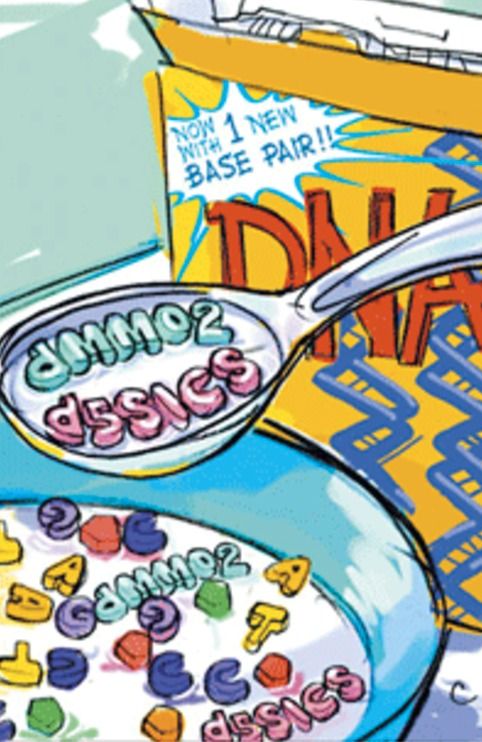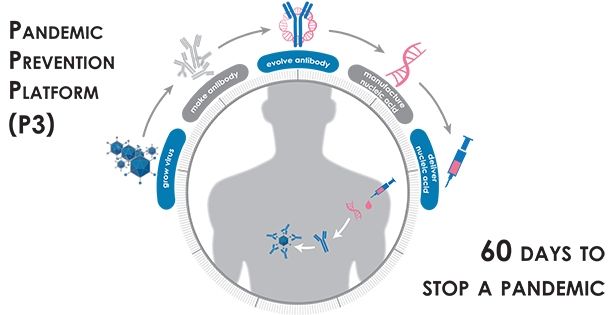Page 10486
Feb 7, 2017
Japanese AI Writes a Novel, Nearly Wins Literary Award
Posted by Bryan Gatton in category: robotics/AI
I had thought my job was safe from automation—a computer couldn’t possibly replicate the complex creativity of human language in writing or piece together a coherent story. I may have been wrong. Authors beware, because an AI-written novel just made it past the first round of screening for a national literary prize in Japan.
The novel this program co-authored is titled, The Day A Computer Writes A Novel. It was entered into a writing contest for the Hoshi Shinichi Literary Award. The contest has been open to non-human applicants in years prior, however, this was the first year the award committee received submissions from an AI. Out of the 1,450 submissions, 11 were at least partially written by a program.
Here’s an excerpt from the novel to give you an idea as to what human contestants were up against:
Continue reading “Japanese AI Writes a Novel, Nearly Wins Literary Award” »
Feb 7, 2017
The Real Threat Is Machine Incompetence, Not Intelligence
Posted by Sean Cusack in categories: Elon Musk, robotics/AI

Forget super-AI. Crappy AI is more likely to be our downfall, argues researcher.
The past couple of years have been a real cringe-y time to be an AI researcher. Just imagine a whole bunch of famous technologists and top-serious science authorities all suddenly taking aim at your field of research as a clear and present threat to the very survival of the species. All you want to do is predict appropriate emoji use based on textual analyses and here’s Elon Musk saying this thing he doesn’t really seem to know much about is the actual apocalypse.
It’s not that computer scientists haven’t argued against AI hype, but an academic you’ve never heard of (all of them?) pitching the headline “AI is hard” is at a disadvantage to the famous person whose job description largely centers around making big public pronouncements. This month that academic is Alan Bundy, a professor of automated reasoning at the University of Edinburgh in Scotland, who argues in the Communications of the ACM that there is a real AI threat, but it’s not human-like machine intelligence gone amok. Quite the opposite: the danger is instead shitty AI. Incompetent, bumbling machines.
Feb 7, 2017
New Laser Based on Unusual Physics Phenomenon Could Improve Telecommunications, Computing and More
Posted by Klaus Baldauf in categories: computing, physics
Researchers at UC San Diego demonstrate the first laser using bound states in the continuum (BICs). Left to right: Yeshaiahu Fainman, Boubacar Kanté, Ashok Kodigala and Babak Bahari.
Feb 7, 2017
Removing the Viral Threat: Two Months to Stop Pandemic X from Taking Hold
Posted by Klaus Baldauf in categories: biotech/medical, genetics, health
Over the past several years, DARPA-funded researchers have pioneered RNA vaccine technology, a medical countermeasure against infectious diseases that uses coded genetic constructs to stimulate production of viral proteins in the body, which in turn can trigger a protective antibody response. As a follow-on effort, DARPA funded research into genetic constructs that can directly stimulate production of antibodies in the body., DARPA is now launching the Pandemic Prevention Platform (P3) program, aimed at developing that foundational work into an entire system capable of halting the spread of any viral disease outbreak before it can escalate to pandemic status. Such a capability would offer a stark contrast to the state of the art for developing and deploying traditional vaccines—a process that does not deliver treatments to patients until months, years, or even decades after a viral threat emerges.
“DARPA’s goal is to create a technology platform that can place a protective treatment into health providers’ hands within 60 days of a pathogen being identified, and have that treatment induce protection in patients within three days of administration. We need to be able to move at this speed considering how quickly outbreaks can get out of control,” said Matt Hepburn, the P3 Program Manager. “The technology needs to work on any viral disease, whether it’s one humans have faced before or not.”
Recent outbreaks of viral infectious diseases such as Zika, H1N1 influenza, and Ebola have cast into sharp relief the inability of the global health system to rapidly contain the spread of a disease using existing tools and procedures. State-of-the-art medical countermeasures typically take many months or even years to develop, produce, distribute, and administer. These solutions often arrive too late—if at all—and in quantities too small to respond to emerging threats. In contrast, the envisioned P3 platform would cut response time to weeks and stay within the window of relevance for containing an outbreak.
Feb 7, 2017
Solar-powered Ring Garden marries desalination and agriculture for drought-stricken California
Posted by Klaus Baldauf in categories: education, energy, food, sustainability
Ring Garden is a finalist of LAGI 2016: Santa Monica, a biennial design competition that encourages interconnectivity between art, renewable energy and education.
Feb 7, 2017
Microsoft Cognitive Services push gains momentum
Posted by Klaus Baldauf in category: robotics/AI

The machine-learned smarts that enable Microsoft’s Skype Translator, Bing and Cortana to accomplish tasks such as translating conversations, compiling knowledge and understanding the intent of spoken words are increasingly finding their way into third-party applications that people use every day.
These advances in the democratization of artificial intelligence are coming in part from Microsoft Cognitive Services, a collection of 25 tools that allow developers to add features such as emotion and sentiment detection, vision and speech recognition, and language understanding to their applications with zero expertise in machine learning.
Continue reading “Microsoft Cognitive Services push gains momentum” »
Feb 7, 2017
First stable semisynthetic organism created
Posted by Klaus Baldauf in categories: biotech/medical, genetics
 DNA — now with a new base pair! (credit: Romesberg Lab)
DNA — now with a new base pair! (credit: Romesberg Lab)
Scientists at The Scripps Research Institute (TSRI) have developed the first stable semisynthetic organism — a bacterium with two new synthetic bases (called X and Y) added to the four natural bases (A, T, C, and G) that every living organism possesses. Adding two more letters to expand the genetic alphabet can be used to make novel proteins for new therapeutics, according to the researchers.
All life as we currently know it contains just four bases that pair up to form two “base pairs” — the rungs of the DNA ladder — which are simply rearranged to create different organisms.
Continue reading “First stable semisynthetic organism created” »
Feb 7, 2017
A real flying submarine drone
Posted by Klaus Baldauf in categories: drones, robotics/AI

https://youtube.com/watch?v=eg2TrS0lGDo
Innocorp has a new drone that is a flying submarine. It is an unmanned underwater vehicle (UUV), unmanned aerial vehicle (UAV) drone and iot can transitio from water to air to land without any individual or multiple deployments, fission of elements, (as in rockets), or complicated maneuvering.
Like the Murres, a unique seabird which can circumnavigate in the air and in water, SubMurres does both in unprecedented fashion. SubMurres has all the key features of a submarine, including complete marine functionality, communication tower with periscope for panoramic viewing of above-water landscape, dual propulsion blades, fully-articulated rotors that emerge as needed, sensors, and more. But it doesn’t end there.
Feb 7, 2017
SRF and Buck Institute to Collaborate on Neurodegeneration
Posted by Nicola Bagalà in categories: biotech/medical, life extension
Foundation and the Buck Institute for Research on Aging join forces on a research program against neurodegenerative diseases.
#aging #crowdfundthecure














